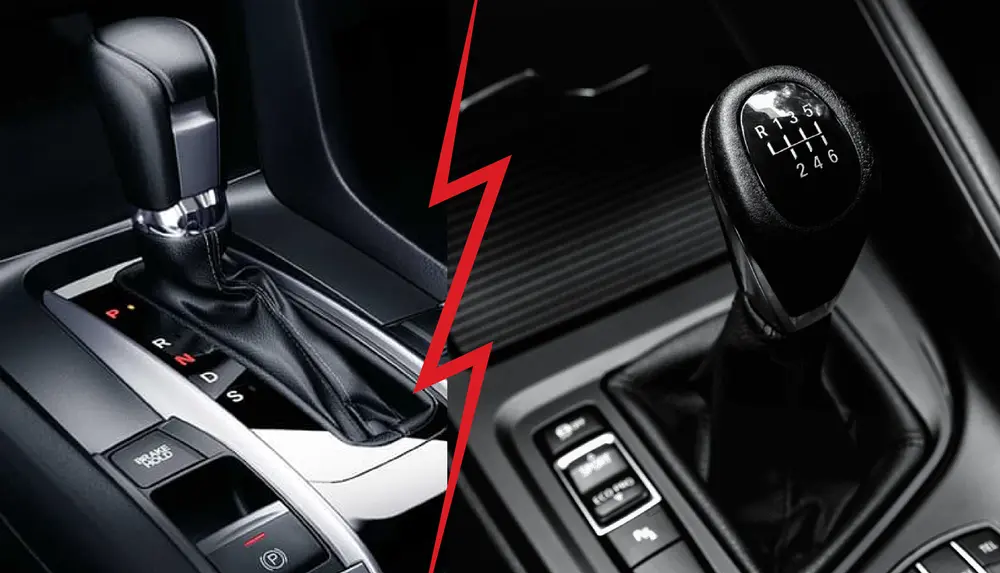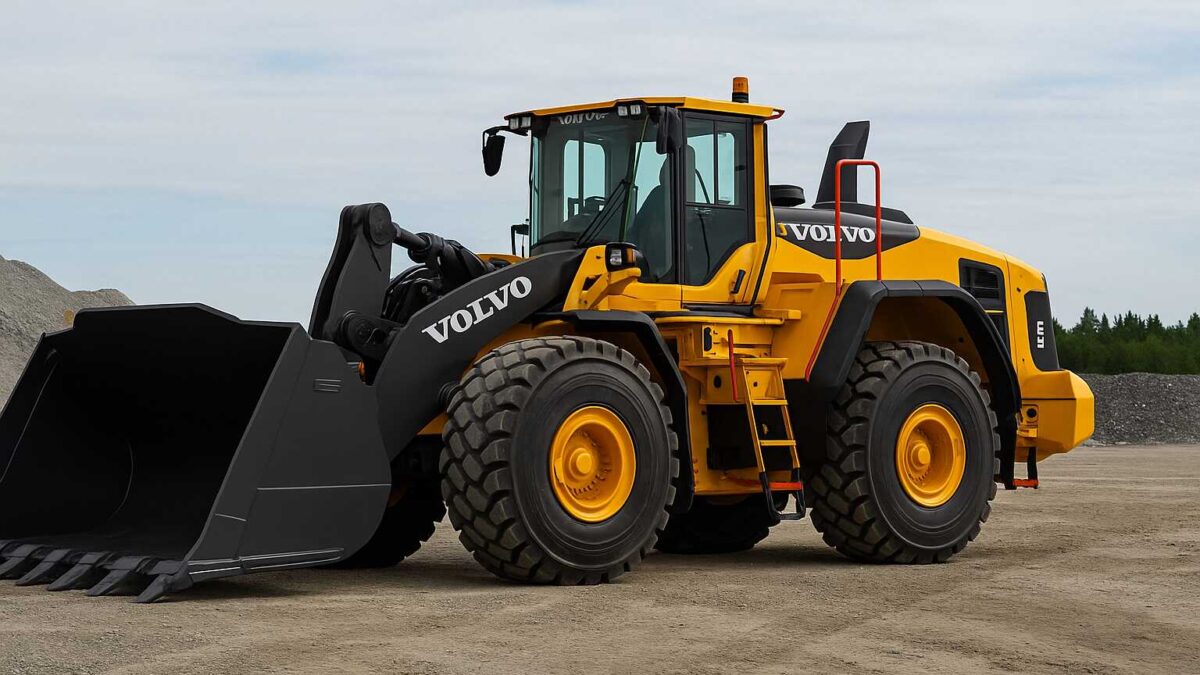
Manual vs. Automatic Transmission
When you’re looking for a vehicle, there are numerous choices to make. Even if you have a particular make and model in mind, you can often choose whether you want an automatic or manual transmission.
How do you pick between them? It depends on your knowledge of cars and how involved you want to be with the vehicle. Here’s a guide on the two types of transmissions and the pros and cons of each.
Advantages of a Manual Transmission
If you want to be even more engaged with your car, a manual transmission may be right up your alley. Driving a manual delivers these three advantages and more.
Better Control
When you drive a manual, you feel more in control. You choose when to shift through the gearbox. Nowadays, automatic transmissions run on computer-controlled solenoids. The technology is intelligent, but it might not be smarter than you.
Imagine you’re driving in severe weather. Stick shifts are slightly better here because you can control the acceleration. You determine what gear is safest and most comfortable for current conditions.
Lower Price Tag
Car prices have climbed high in the past couple of years. The cost of a new car rose to a record-high $49,507 in December 2022. Where can buyers find relief? One strategy is to buy a manual transmission vehicle.
Cars with manual transmissions are cheaper simply because they have fewer parts. Stick shifts require you to do the hard work. Conversely, automatic transmissions do it for you, so they have more components.
Lower Maintenance Costs
When you have fewer parts, there is less risk of a breakdown. Generally, stick-shift cars are more reliable than their automatic transmission counterparts. For example, you need to change fluids periodically for any vehicle, but this maintenance costs about 50% less for manual transmissions than automatics.
Disadvantages of a Manual Transmission
Cars with manual transmissions can be fun to drive, but they’re not for everybody. These three reasons demonstrate the potential disadvantages of driving a stick shift.
Harder to Learn
Driving a car for the first time can be exciting and intimidating, whether you’re a teenager or an adult learning. Manual transmissions require you to shift gears at the proper time. Otherwise, you risk stalling or jerking the car. Coordinating the clutch pedal and the gearshift requires practice over time.
Muscle memory is critical for learning to drive a stick, and it’s something many don’t develop. In fact, about 30% of drivers don’t know how to operate a car with manual shifting.
Limited Availability
Manual-transmission cars are still prevalent in society, especially if you purchase a vehicle in Europe and Asia. However, stick shifts are falling out of fashion in places like the U.S. Some makes and models allow you to pick between an automatic or manual transmission — but many automakers are switching to only automatics to save costs.
Manual transmissions do exist, but you have to look hard for them. J.D. Power data shows stick-shift vehicles composed 1.2% of sales in 2022. The total is an increase from 0.9% in 2021, but the demand for manual transmissions is still low.
Leg Pain
Driving a manual requires much effort from your right arm and left leg if you’re in the U.S. You have to use both feet to control the clutch, brake and gas. Sometimes the clutch requires you to extend your left leg.
Driving a few miles down the road likely won’t hurt you. However, imagine how a truck driver feels after a 10-hour shift. You may feel fatigued on a road trip if you’re driving all day. Some people call this pain driver’s knee. An awkwardly positioned foot could strain your lower body and injure your legs. It’s common to feel tightness, especially around your knees.
Advantages of an Automatic Transmission
Driving a manual can be a fun experience, but only a few people choose to do it. Automatic transmissions are more convenient for several reasons.
Easier Drives
If you place the average driver in a car, they’ll have an easier time with an automatic transmission. This transmission shifts through the gears for you. Failing to shift correctly in a manual can lead to a blown engine — it’s much easier to avoid that problem in your automatic transmission.
Better for Beginners
When learning how to drive, most people do it with an automatic transmission. You want to focus on the driving element, not the car’s mechanics. Learning to drive and shift gears may be overwhelming for someone with little car knowledge.
You also don’t want beginners driving on hills and risking an accident with a complicated manual transmission. An automatic is better for inclines because it’s easier to start and stop.
Fuel Economy
Two decades ago, stick-shift vehicles had better fuel economy. However, automatic transmissions have closed the gap in fuel mileage because the engine doesn’t have to work as hard.
Many automakers have increased the number of gears with lower ratios to help fuel mileage. Plus, many hybrids and electric vehicles (EVs) you see today are automatic, so they have the advantage of fuel mileage.
Disadvantages of an Automatic Transmission
Automatic transmissions are more accessible for the average driver to drive. Still, these three disadvantages may make you consider a manual.
Higher Costs
Automotive technology has advanced automatic transmissions, making them easier to drive. Though, it comes with higher costs. Automatics have more moving parts under the hood, increasing the price tag. The auto manufacturers require more money to produce the car, and you’ll also typically pay more maintenance costs.
Towing Difficulty
Imagine your car breaking down, and you need a tow truck to help you. The towing process is more complicated with an automatic transmission.
With a manual transmission, you don’t need to leave the car on. However, with an automatic transmission, you must have the vehicle on and in neutral. Otherwise, you risk damaging the transmission.
Heavyweight
The higher number of parts in an automatic transmission leads to a heavier weight than a manual. The higher weight means your car will have a slightly lower fuel economy than the same model with a manual transmission. Heavy weights can also compromise the suspension, putting more weight on the tires, chassis and other parts.
Deciding Between Manual and Automatic
Deciding on a manual or an automatic transmission can be difficult when you’re in the market for a new car. It depends on your comfort level with stick shifts and willingness to learn. If someone can teach you to drive a stick and you’re on a budget, a manual may be more suitable because of their lower prices.
Automatic transmissions are generally more convenient. Nowadays, the gap has closed with fuel economy, and they’re easier for beginners.



